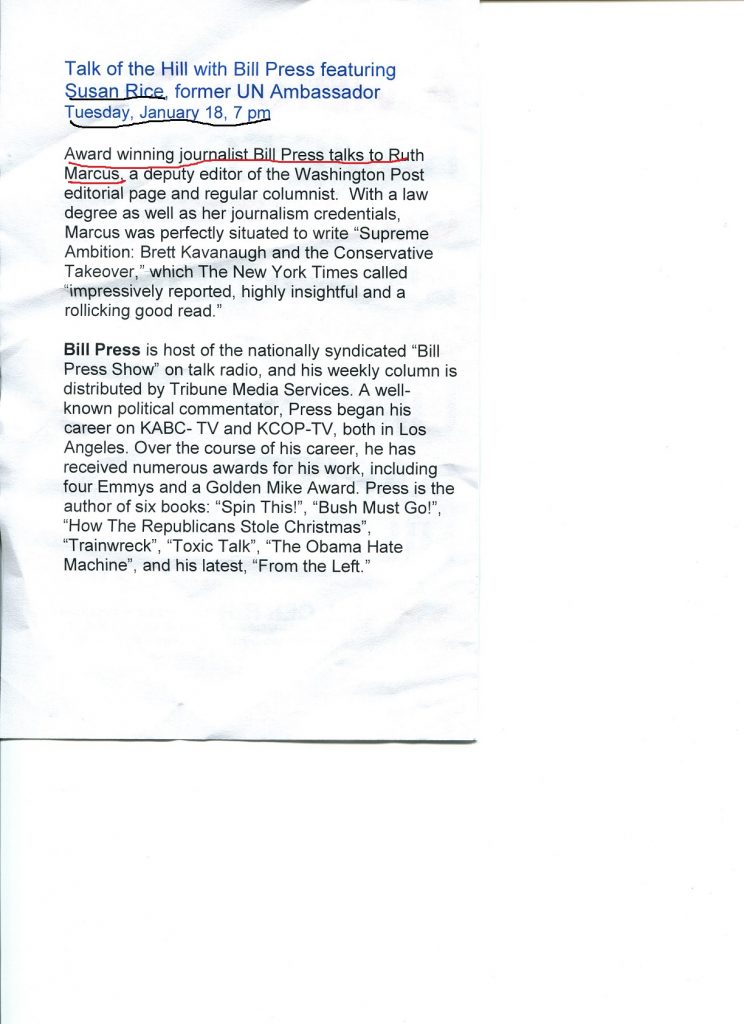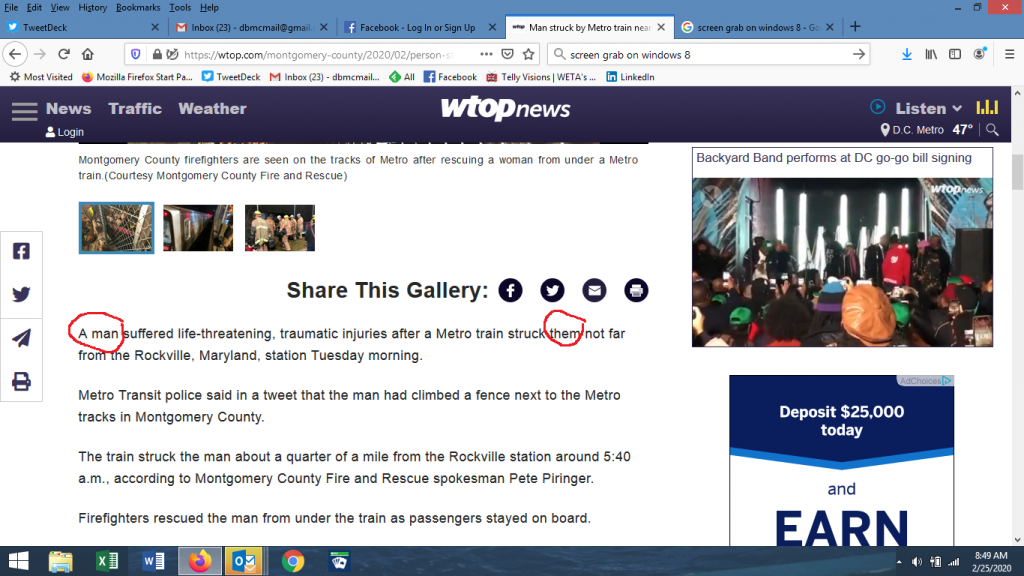Do you need a proofreader or a copy editor?
What are you trying to accomplish?
Recently, I saw a query on a listserv looking for a copy editor. The author said she needed a “basic proof” done for spelling, grammar, and for the “missed half sentence in the middle of a paragraph.” In fact, she didn’t need a copy editor—what she needed was a proofreader. Proofreading is a different skill than copy editing. While copy editors can be proofreaders, that is not their main function.
How to get your writing from draft to finished product
When you are creating any type of written work, you should follow these steps:
- Write a rough draft
- Review and rewrite
- Copy edit
- Incorporate edits
- Produce final document
- Proofread
- Publish
What is copy editing?
Copy editing reviews your work for clarity, consistency, style, and accuracy. This can include everything from fact checking to rearranging copy for flow to flagging duplicate content. Copy editing allows your thoughts to be expressed in the clearest way possible. A thorough copy editing job will shore up your thesis by making sure your main points are clear and supported.
What is proofreading?
Proofreading checks your copy for errors, such as typos, misspellings, and missing punctuation. The best proofreaders will fact check to make sure dates and numbers are accurate, and names are spelled correctly. Proofreading does not rearrange your copy unless it is a spacing issue. More importantly, proofreading is not designed to make your writing clearer but to ensure your copy is error-free.
Keep in mind that using your word processor’s spell check is not the same as proofreading. Spell check checks the spelling of a word, not its usage. For example, you could’ve typed “fair” instead of “fare” in an article about subway prices, and though the word is spelled correctly, it is not used correctly.
So many (preventable) mistakes
Too many folks skip the copy editing and think that they can get by with doing a proofreading. For sure, you should always proofread, since it prevents your work from being riddled with typos and other embarrassing mistakes. A copy edit would improve the content.
Here’s a sampling of errors I’ve collected over the past few days. Proofreading before publishing would’ve prevented these:
Using the word isles instead of aisles in an article in today’s Washington Post.
A email subject line that says “Stay on top of the governor’s rack” (instead of race).
Or an email that tells me to “Pre oreder your set today.”
Or a survey (from a professional editing association, no less) answer option that says “Professional Devlopment”
And so many more. It’s as if most organizations have given up on proofreading. Perhaps they don’t think it’s worth the time, effort, or cost.
Bottom line: If you take your work seriously and want to give it credibility, spend the effort required to get your work both copy edited and proofread before you publish.
About Deborah Brody
Deborah Brody writes and edits anything related to marketing communications. Most blog posts are written under the influence of caffeine.









